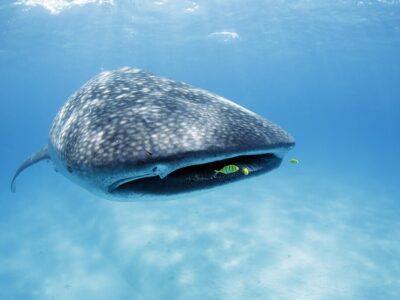
November is the start of Tanzania's "short rains" season and a shoulder season for travel. It tends to only rain for a short time each day, and it's still a great time to go birdwatching or see the start of the Great Migration of wildebeest in the north. Find out more about where to go and what to do in Tanzania in November.
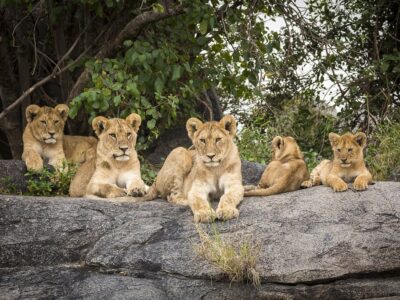
July is peak season for travel to Tanzania because the conditions are perfect for spotting wildlife on a safari. The Great Migration occurs across the plains and up toward Kenya, so you can see the Big Five (and many other species) on the move. July is also an excellent time for a beach vacation in Zanzibar. Find out more about travel to Tanzania in July.
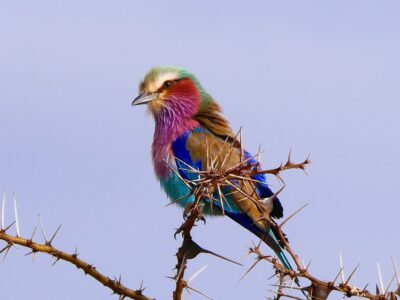
March is the start of one of Tanzania's low seasons for tourism, with increasing rain and humidity. But if you visit earlier in the month and hone in on particular national parks and wildlife-viewing activities, you can still have a great time in Tanzania this month. Read on to find out where to go and what to do in March.
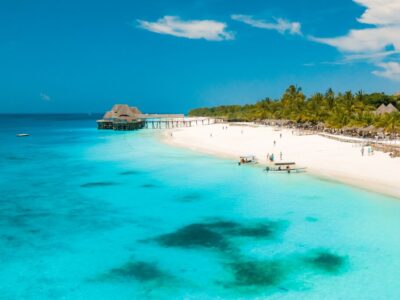
September is peak season for travel to Tanzania. Drier, cooler conditions make it a great time to go on safari, while clear skies and waters make Zanzibar an appealing destination for beach lovers and divers. Active travelers may want to tackle Mount Kilimanjaro or Mount Meru. Find out more about traveling to Tanzania in September below.
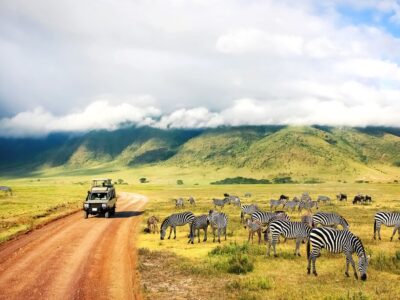
Above all else, Tanzania's two distinct rainy seasons determine the best (and worst) time to visit the Serengeti, Ngorongoro Crater, Mt. Kilimanjaro, and Zanzibar. Whether you want to witness the Great Migration while on safari, climb Mt. Kilimanjaro, or explore the spice-scented alleyways of Zanzibar, read on to find out more about the best time of year to visit Tanzania.
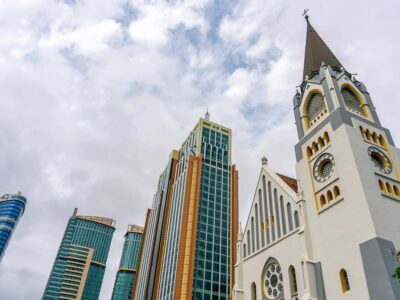
April is the low season for travel to Tanzania, as the heavy rains of the long rainy season set in. While travelers wanting to spot the Big Five on safari or lounge on a Tanzanian beach might want to choose a different month to travel, lovers of birds are in luck. April and May are the best months for birdwatching. Read on to find out more about traveling to Tanzania in April.
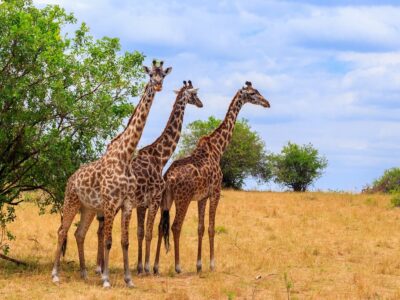
The wet weather of the long rainy season draws to a close in early June when Tanzania's peak season for travel begins. Drier conditions are excellent for a range of outdoor activities, from wildlife-spotting safaris to climbing Mount Kilimanjaro, Africa's highest mountain. Read on to learn more about traveling to Tanzania in June.
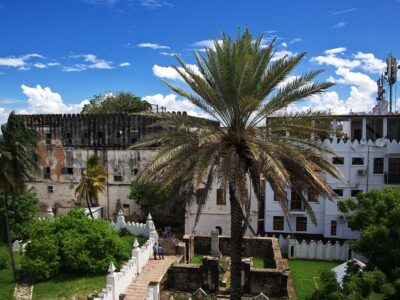
October is the end of the peak season in Tanzania. Earlier in the month, the weather will be dry, but by late October, the rains of the short rainy season begin, and trade winds blow. It's still a good time to spot a variety of animals and birds around the country, as long as you're prepared for more changeable weather. Find out more about where to go and what to do in Tanzania in October.
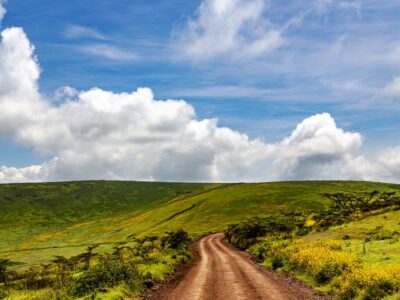
February is shoulder season for travel to Tanzania, so this month offers a comfortable mix of thinner crowds, lower prices, and great sights and activities. The weather is generally hot, and although there's a chance of rain, this is more common at night. From seeing baby wildebeest in the parks of the north to blooming orchids in those of the south, beach vacations to mountain climbing, there are many good reasons to travel to Tanzania in February.
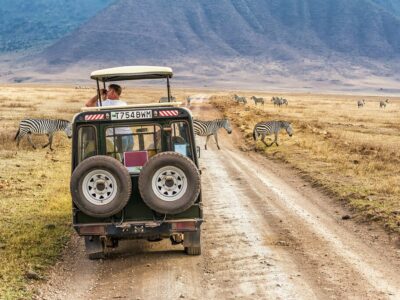
Tanzania is a large country, about the size of California, Nevada, and Arizona combined. How long to spend will depend on whether you're on a quick beach getaway or a safari that ticks off the blockbuster wildlife venues, or whether you want a fuller immersion in Tanzania's broader diversity. Read on for recommended itineraries for visits from 4 days to 4 weeks.
